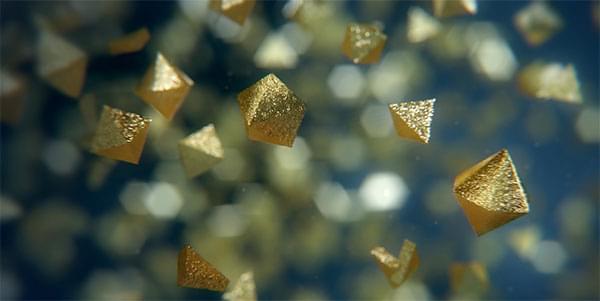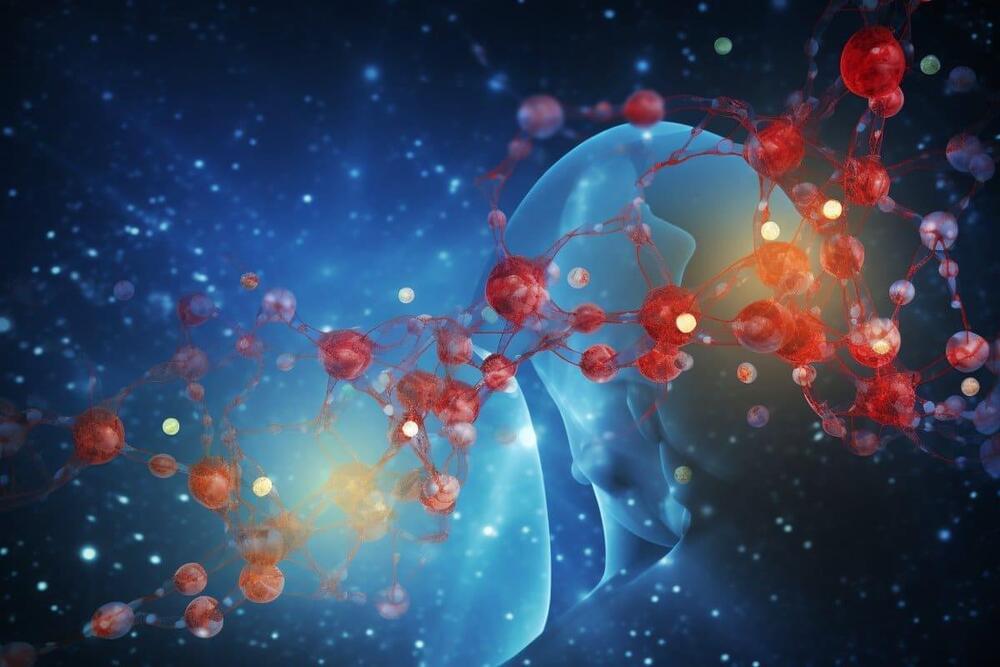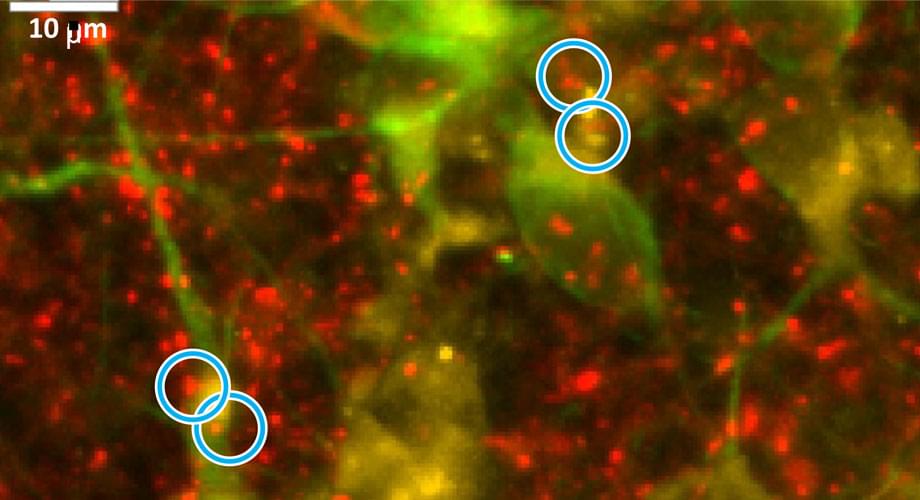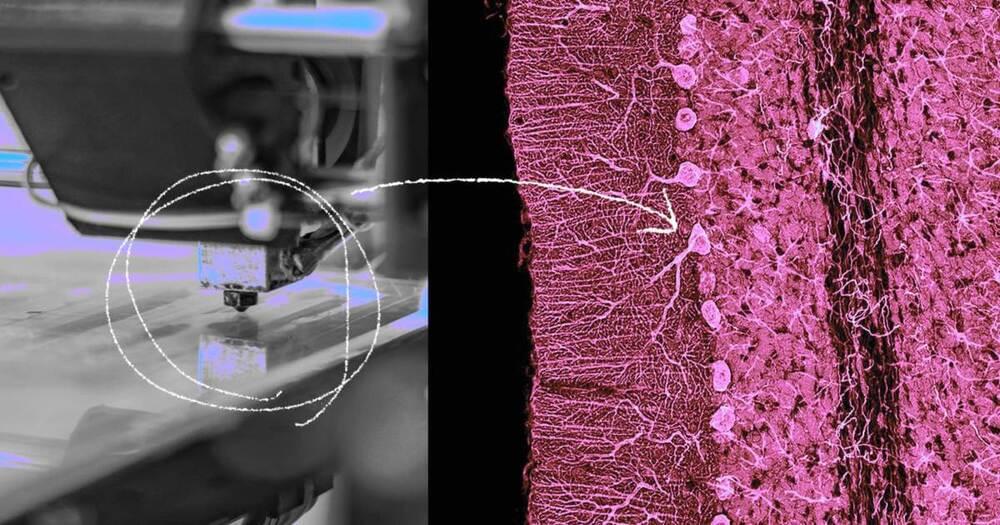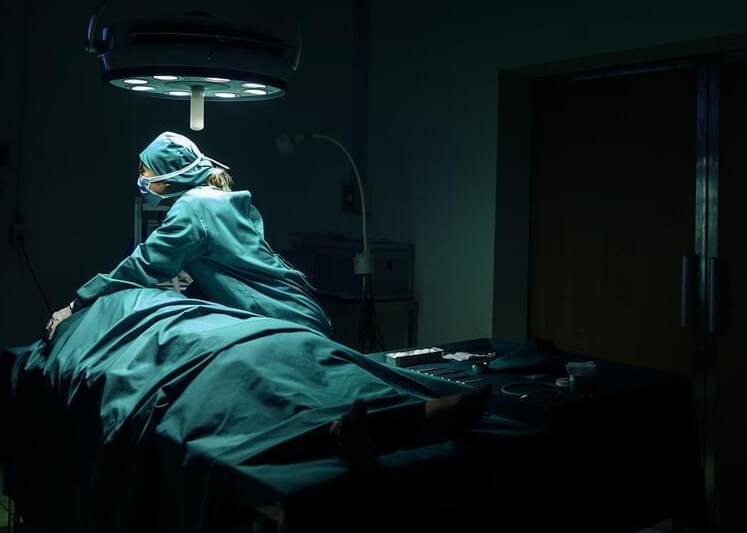Mentalization – inferring other’s emotions and intentions – is crucial for human social interactions and is impaired in various brain disorders. While previous neuroscience research has focussed on static mentalization strategies, we know little about how the brain decides adaptively which strategies to employ at any moment of time. Here we investigate this core aspect of mentalization with computational modeling and fMRI during interactive strategic games. We find that most participants can adapt their strategy to the changing sophistication of their opponents, but with considerable individual differences. Model-based fMRI analyses identify a distributed brain network where activity tracks this mentalization-belief adaptation.



